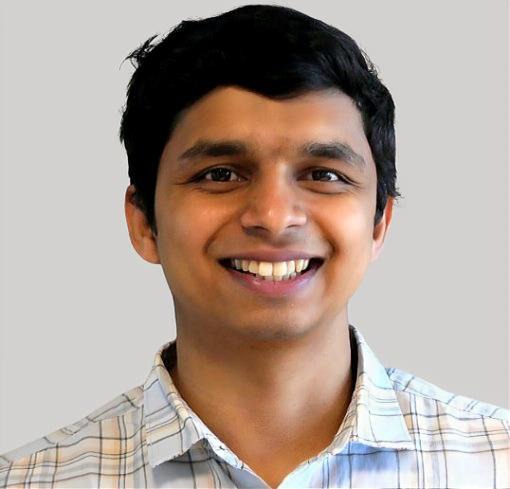-
Dra. Sara Hernández Mejías
ORCID: 0000-0002-7440-2657Researcher ID: ABG-4909-2020Google Scholar profile: https://scholar.google.com/citations?user=Dm2pJ8AAAAAJGroup webpage: Bio-engineered nanophotonics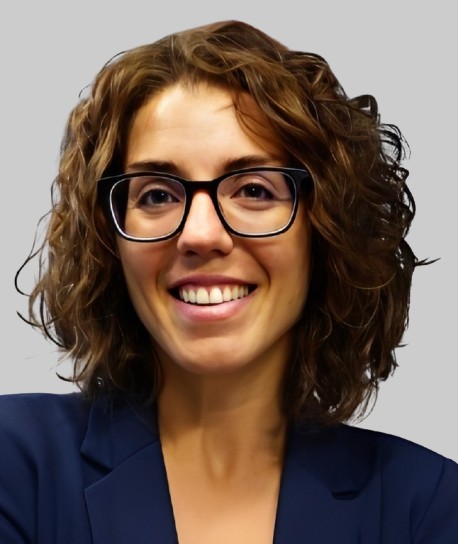
Sara Hernández earned her BSc in Physics in 2011 from the University of the Basque Country (UPV, Spain) and her MSc in Biophysics in 2012 from the Autonomous University of Madrid (UAM, Spain). She completed her PhD in Biophysics summa cum laude (2016) under Prof. Cortajarena, focusing on nanostructured photo- and electro-active materials based on engineered protein self-assembly. From 2016 to 2022, she conducted postdoctoral research in the Netherlands, Sweden, and Spain, studying photoinduced processes in synthetic photosystems using pump-probe spectroscopy. In 2022, she established the BioEngineered Nanophotonics Research Group at IMDEA Nanociencia, bringing together her interdisciplinary expertise in biohybrid materials. Her research has been supported by Marie Skłodowska-Curie Actions, the Spanish Ministry of Science, and private foundations such as La Caixa and BBVA. She has received the AntalGenics Award from the Spanish Society of Biophysics and a distinction from the FECYT, recognizing her as a leading scientist in biohybrid development.
-
Dr. Atikur Rahman
Previous Position: Research Associate with Prof. Prakash P. Neelakandan. Energy and Environment Unit (EEU), Institute of Nano Science and Technology (INST), Mohali (Punjab), IndiaORCID: 0009-0004-6124-5965Researchegate profile:: https://sites.google.com/view/sarahmejias/homeGoogle Scholar profile: https://scholar.google.com/citations?hl=en&user=6zCgVVwAAAAJGroup webpage: Bio-engineered nanophotonics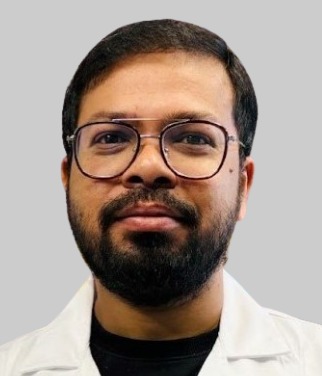
-
Dr. Angelo Alonzo Beratto Ramos
Group webpage: Bio-engineered nanophotonics
Angelo Beratto obtained his BSc in Bioengineering in 2016 from the Universidad de Concepción (UdeC), Chile. He joined the Interdisciplinary Group in Marine Biotechnology (GIBMAR), where he worked on the spectroscopic characterization of algal biomass, production of bioactive compounds, and optimization of microalgal cultures. From 2018 to 2023, he pursued a PhD in Chemical Engineering at the UdeC, focusing on the production, reconstitution, and immobilization of recombinant proteins onto porous surfaces to generate nanofiltration membranes. In 2024, he started his Postdoc in the Bio-engineered Nanophotonics group at IMDEA Nanociencia supported by a grant from the national agency of research in Chile. In the group, he will evaluate different strategies for protein immobilization with applications in structural studies and photocatalysis.
-
Alejandro Venegas Gómez
Group webpage: Bio-engineered nanophotonics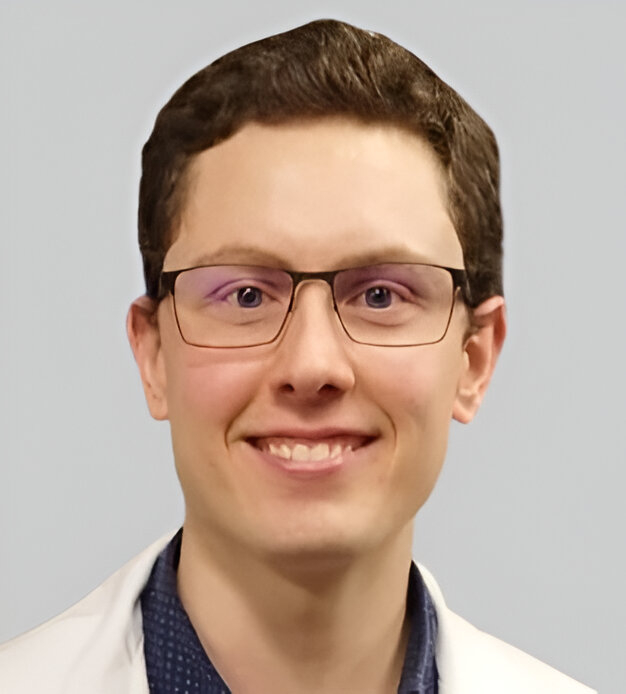
Alejandro Venegas obtained his BSc degree in Biology from Universidad Autónoma de Madrid (UAM, Spain) in 2019 and his MSc in Biomaterials from Universidad Complutense de Madrid (UCM, Spain) in 2021. For his MSc thesis, he joined the group of María Vallet-Regí, where he worked on mesoporous nanocomposite 3D bone scaffolds for leukemia model generation and iron oxide nanoparticles functionalization against bacterial infection.
From 2021 to 2022, he worked as an animal caretaker technician for the Hospital Fundación Jiménez Díaz and Centro de Biología Molecular (CBM, Spain). He joined IMDEA Nanociencia in September 2022 to do his PhD in Biophysics for the development of a magnetic biosensor for theragnosis applications, co-directed by Sara Hernández and Francisco Terán.
-
Gonzalo Pérez Serrano
Group webpage: Bio-engineered nanophotonics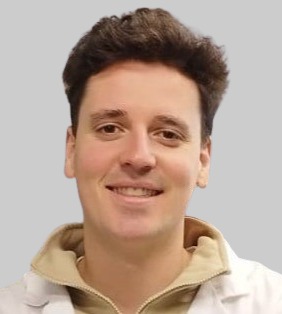
Gonzalo Pérez obtained his BSc degree in Biology in 2022 at the Universidad Complutense de Madrid (UCM, Spain). He is currently doing the MSc degree in Biotechnology at the Universidad Autónoma de Madrid (UAM, Spain). He was member of the Zoonosis Service and Biological Aggressive as a student trainee at the Veterinary Health Surveillance Center (VISAVET) and worked as an assistant teacher at Antonio Buero Vallejo school. He joined IMDEA Nanociencia to perform his master thesis on the design of bio-hybrids by using non-natural amino acids. In October 2023 Gonzalo started his PhD to explore vibrational coupling of protein backbone and chromophores.
-
Claudia Flórez Echevarría
Group webpage: Bio-engineered nanophotonics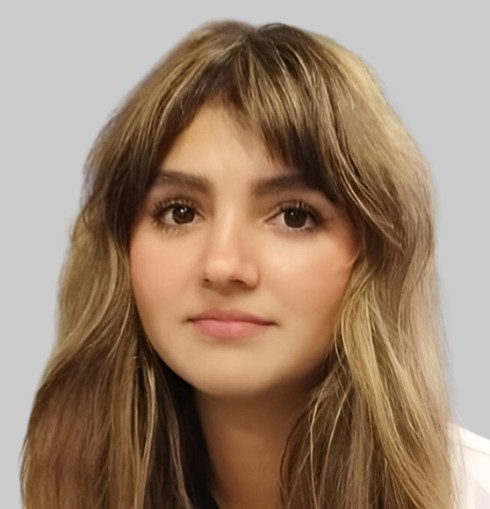
Claudia Flórez obtained her BSc degree in Biology at the Universidad Autónoma de Madrid (UAM, Spain) in 2022. She is now studying MSc degree in Biotechnology in the same University. In 2022, she joined the animal reproduction department at the National Institute of agriculture and food research (INIA, CSIC, Spain) as internship trainee to work in the optimization of animal reproduction protocols for mountain goat and capercaillie. She joined IMDEA Nanociencia to do her master thesis on protein engineering for chromophore emission optimization. In October 2023, she started as a PhD student in the group.
-
Asier García González
Group webpage: Bio-engineered nanophotonics
Asier García obtained his BSc degree in Physics at the Universidad Autónoma de Madrid (UAM, Spain) in 2023. He is now studying for an MSc degree in Physics of Condensed Matter and Biological Systems at the same university. During his senior year, Asier obtained a research grant from the Nicolás Cabrera Institute in collaboration with the applied physics department of the UAM.
There, he worked on a project on synthesizing and characterizing iron oxide nanoparticle-based composites for lithium-ion batteries, where he worked with a bunch of characterization techniques such as electron microscopy (FESEM and TEM), OCT, and DLS. He joined IMDEA Nanociencia in October 2023 to work on the “Elucidation of photostability mechanisms in engineered photosystems” project for his MSc thesis. He started in October 2024 his PhD to explore the effect of amino acids in the photoinduced electron transfer.
-
Sebastián Mesa Apestegui
Group webpage: Pump-Probe and Photoinduced Absorption Spectroscopies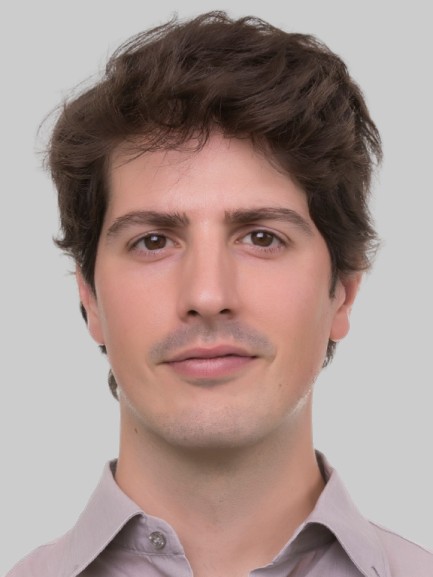
Sebastián Mesa obtained his BCs degree in Mechanical Engineering and then in Industrial Engineering, both from Universidad Carlos III de Madrid (Spain), spending a year as an Erasmus student at Tampere (Finland). He also made a research stay at Delft University of Technology (The Netherlands), studying crack growth behavior under fatigue loads on 3D-printed titanium alloys. After, he pursued a Master’s Degree in Advanced Materials, Nanotechnology and Photonics at Universidad Autónoma de Madrid (Spain).
Upon graduation, he stayed at Laboratoire de Chimie de Coordination (LCC) of the CNRS (France) to work on the chemical synthesis of heterocyclic compounds to develop 2D materials. He joined IMDEA Nanociencia in August 2023 to do his PhD thesis on photocatalytic properties of 2D materials in combination with photoactive proteins, co-directed by Sara Hernández and Víctor Vega.





